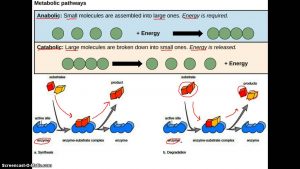(USMLE topics) How the hypothalamus controls body temperature. How fever resets the hypothalamus. Fever versus hyperthermia. This video is available for instant download licensing here https://www.alilamedicalmedia.com/-/galleries/all-animations/immune-and-lymphatic-system-videos/-/medias/1b1d41f8-139e-44a6-8ed2-66127f951376-fever-narrated-animation Voice by: Ashley Fleming ©Alila Medical Media. All rights reserved. Support us on Patreon and get FREE downloads and other great rewards: patreon.com/AlilaMedicalMedia All images/videos by Alila Medical Media are for information purposes ONLY and are NOT intended to replace professional medical advice, diagnosis or treatment. Always seek the advice of a qualified healthcare provider with any questions you may have regarding a medical condition. Fever, clinically known as pyrexia, is an abnormal increase in body temperature, usually due to an illness. Commonly thought as an undesirable side effect of diseases, fever is actually an effective way the body uses to fight infections. Patients usually recover faster when they allow fever to run its course rather than suppressing it with fever-reducing medications. This is because a higher temperature slows down the growth of most pathogens, as well as boosts the effectiveness of the body’s immune response. It also increases metabolic rates and thereby accelerating tissue repair. Normally, the hypothalamus keeps the body’s temperature within a narrow range around 37 degrees Celsius, or 98.6 degrees Fahrenheit. The hypothalamus acts like a thermostat. It receives inputs from heat and cold receptors throughout the body, and activates heating or cooling, accordingly. When the body is too hot, the hypothalamus sends instructions for it to cool down, for example, by producing sweat. On the other hand, when temperature drops, the hypothalamus directs the body to preserve and produce heat, mainly via the release of norepinephrine. Norepinephrine increases heat production in brown adipose tissue and induces vasoconstriction to reduce heat loss. In addition, acetylcholine stimulates the muscles to shiver, converting stored chemical energy into heat. Fever is part of the inflammatory response. When immune cells detect the presence of a pathogen, for example, upon binding to a component of bacterial cell walls, they produce inflammatory cytokines. Some of these cytokines are fever-inducers, or pyrogenic. Pyrogenic cytokines act within the hypothalamus to induce the synthesis of prostaglandin E2, PGE2, the major fever inducer. PGE2 acts on thermoregulatory neurons of the hypothalamus to raise the body’s temperature set point. In other words, PGE2 tricks the hypothalamus into thinking that the body is cold, while in fact the temperature did not change. In response, the hypothalamus instructs the body to actively produce heat to raise body temperature above normal. Fever-reducing medications, such as aspirin and ibuprofen, work by suppressing PGE2 synthesis. Once infection is cleared, pyrogens are no longer produced and the hypothalamic thermostat is set back to normal temperature. Cooling mechanisms, such as sweating and vasodilation, are activated to cool the body down. While fever is usually beneficial and need not be treated, precaution should be taken to prevent body temperature from running too high, which may cause confusion, seizures and irreversible damage to the brain. Finally, it is important to differentiate between fever and hyperthermia, the latter is often caused by extended exposures to extreme heat, or heat stroke. Unlike fever, the body’s temperature set point in hyperthermia is unchanged and the body does not produce the extra heat; its cooling system is simply exhausted and fails to compensate for the excessive external heating. Hyperthermia is always harmful and must be treated with various cooling methods. Fever-reducing medications have no effect on hyperthermia as pyrogens are not involved.
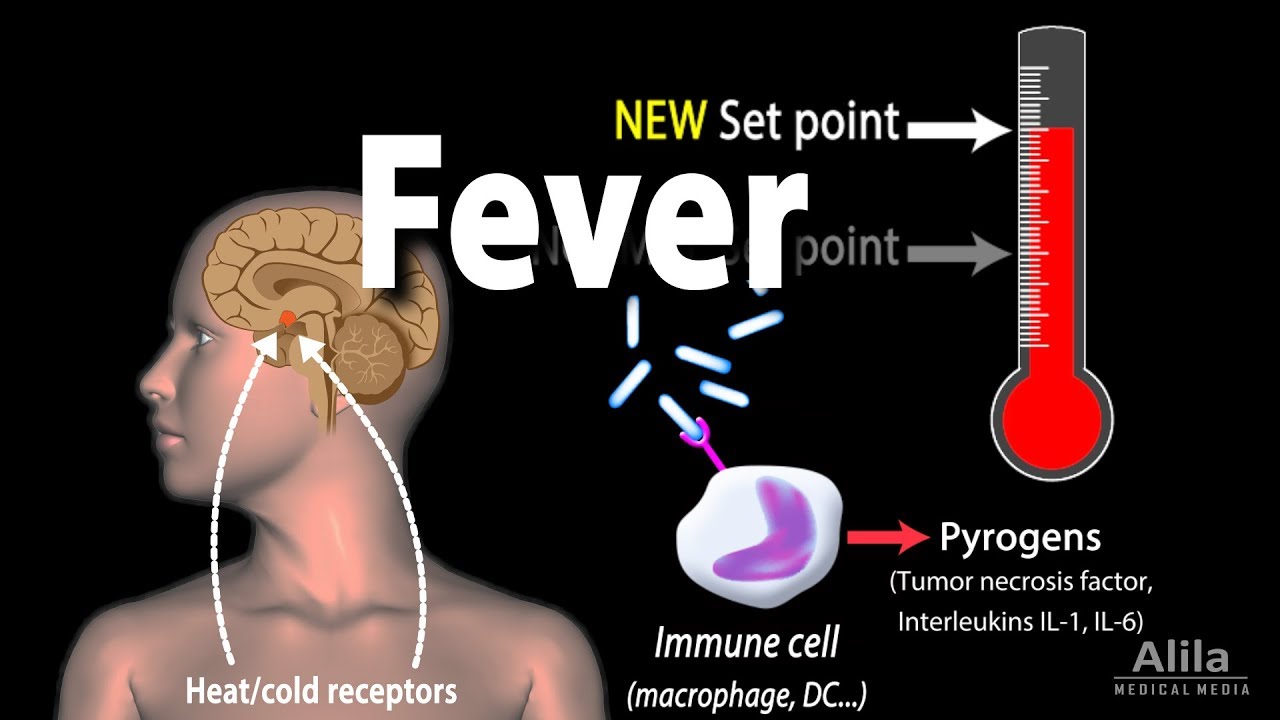
Induction of Fever, Control of Body Temperature, Hyperthermia, Animation.
- Post author:admin
- Post published:October 7, 2021
- Post comments:0 Comments
You Might Also Like

What Is Yoga Video – 5

Top 5 Best Vitamin B Complex Supplements in 2020 Reviews

Anabolic-Catabolic Cycles of Life

How to Grill CHICKEN BREAST | Guru Mann | Health And Fitness

Insanity Nutrition Guide: Protein Pancakes
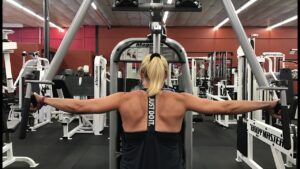
What is Fitness World Gym’s?
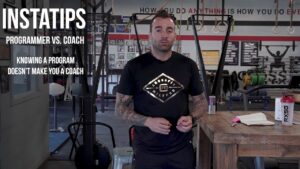
What’s the Difference between Programing and Coaching?
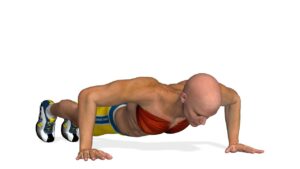
Chest Workout: Push-Ups
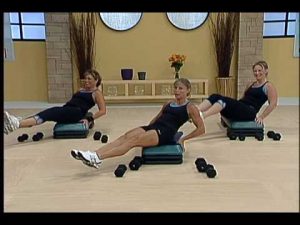
Kelly Coffey Meyer’s 30 Minutes to Fitness “Muscle Definition”
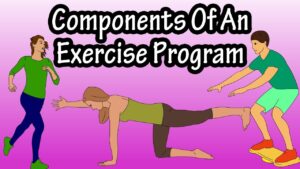
Exercise Programming – Components Of An Exercise Workout Program Routine- Fitness Programming Design

Alzheimer’s Effects On The Brain
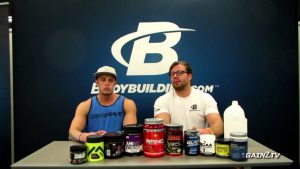
Branched Chain Amino Acid Supplements (BCAA’s)
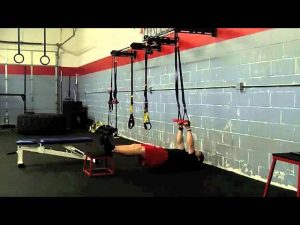
Bodyweight Workout For More Strength and Muscle
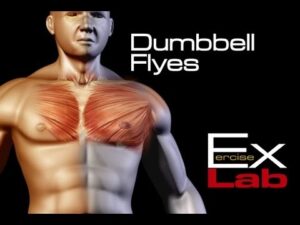
Flat Bench Fly-4

Anabolic Steroids – History, Definition, Use & Abuse Video – 25

Cross Fit Training Video – 5
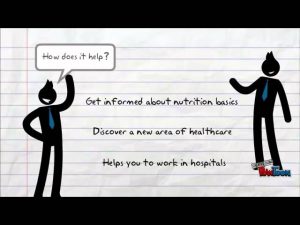
Nutrition 101 free course

Excretory Reproductive System And Asanas Video – 2

Diazepam Nursing Considerations, Side Effects, and Mechanism of Action Pharmacology for Nurses
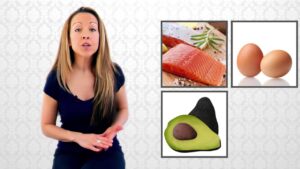
Eat Good Fats | Diet Program
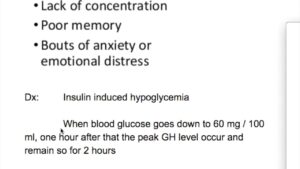
HGH, Growth Hormones & Plant Hormones Video – 30
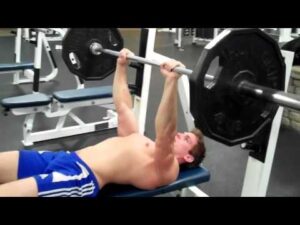
How To: Close-Grip Barbell Bench Press

Long bone formation

The digestive system – an animation

ANABOLIC STEROIDS: A Message From Rich Piana

The Different Types of Fats
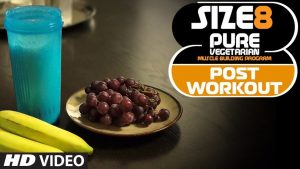
SIZE 8 – Post Workout Drink (NO Supplement) | Pure Vegetarian Muscle Building Program by Guru Mann

How To: Dumbbell Shoulder Press
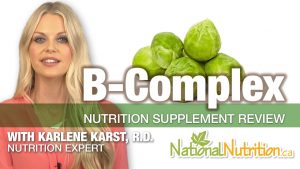
Professional Supplement Review – Vitamin B Complex
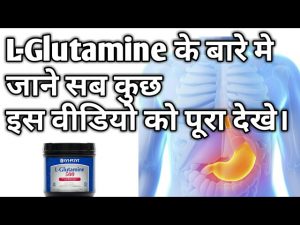
glutamine supplement | glutamine benefits in | hindi india | glutamine powder | l-glutamine powder
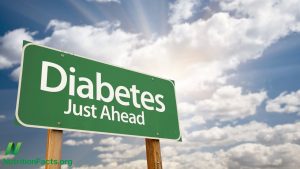
How to Prevent Prediabetes from Turning into Diabetes
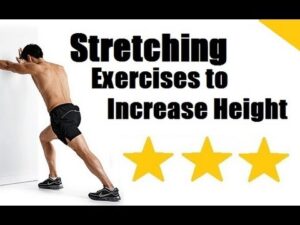
Grow Taller Exercises: Top 10 Best Stretching Exercises to Increase Height & Get or Grow Taller

Pharm Drug Excretion

Lat contract-relax technique
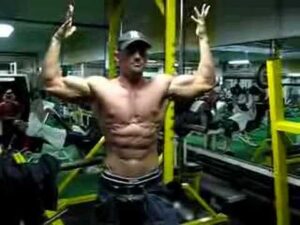
bodybulding
![Read more about the article Transdermal Route of Administration [Revised]](https://videos.drmaheshkumar.com/wp-content/uploads/2021/05/Transdermal-Route-of-Administration-Revised-300x169.jpg)
Transdermal Route of Administration [Revised]
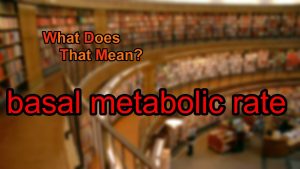
What does basal metabolic rate mean?
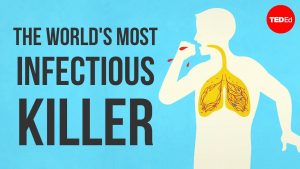
What makes tuberculosis (TB) the world’s most infectious killer? – Melvin Sanicas
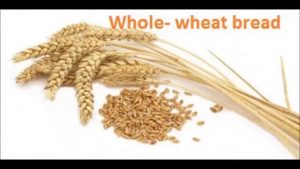
Breads For Your Weight Loss Diets
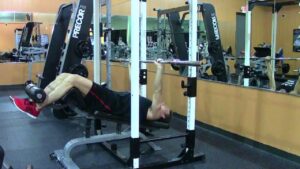
Barbell Decline Bench Press – HASfit Lower Chest Exercise Demonstration – Decline Press – Pectoral
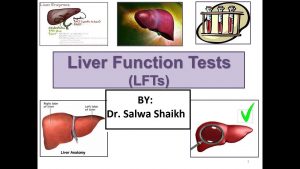
Liver Function Test (LFT) explained by Dr. Salwa Shaikh
